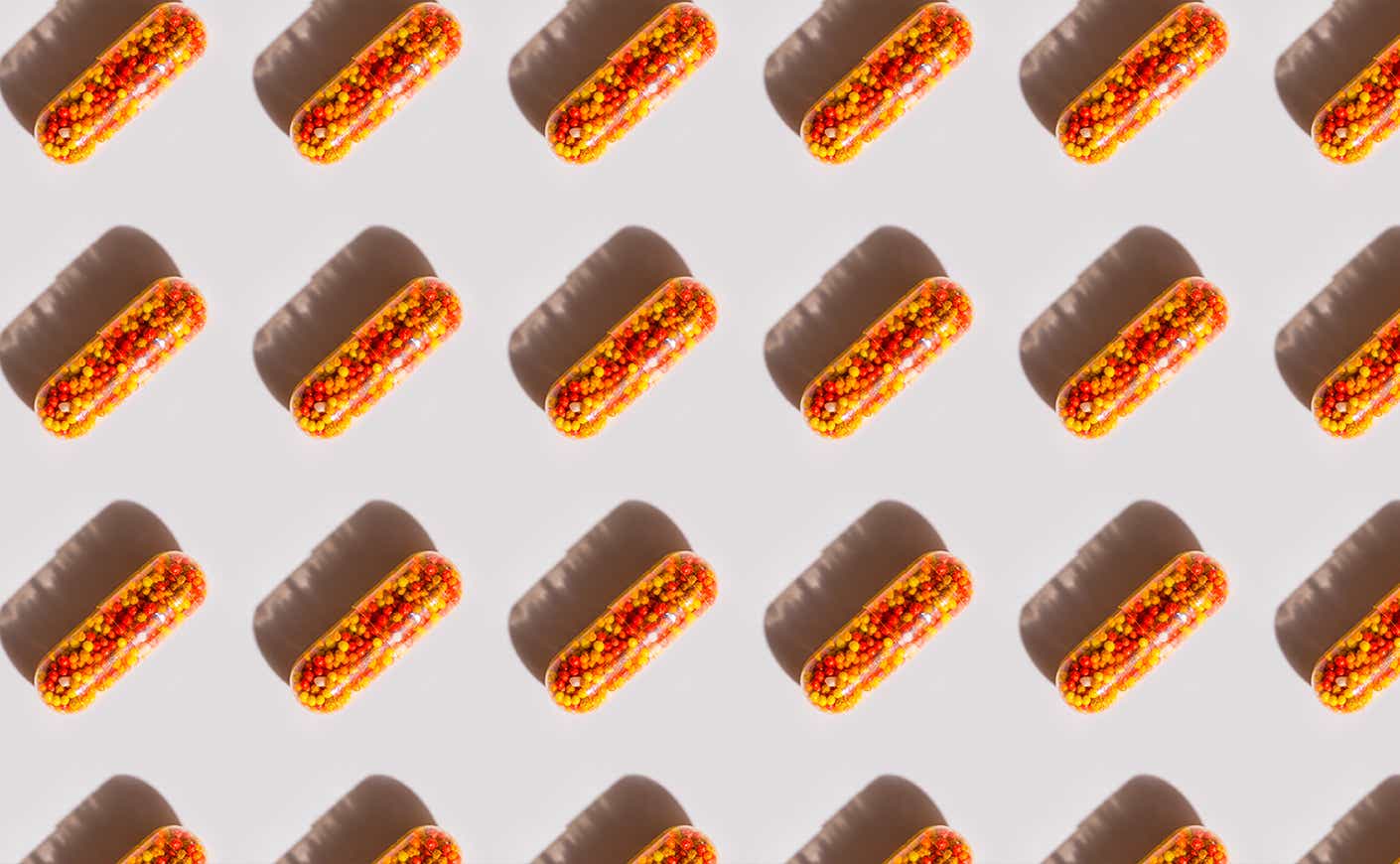Aging is quite literally one of the most inevitable parts of life, but it’s also so fiercely fought. There’s a product or treatment out there that purports to reduce even the most minute sign of aging, and these range from creams and serums to injections and invasive procedures. While we don’t condone the effort to reverse aging, we do support an increased desire to nourish and protect your skin as you get older, and we believe that understanding what’s happening to your skin can help smooth (pun intended) the transition. One contributor to skin aging that isn’t as commonly discussed as the heavy hitters (sun damage, smoking, even collagen production) is iron. Many of us are already familiar with iron’s crucial role in the blood, but the mineral does have a downside when it comes to our skin. It’s a little complicated, so put your periodic table T-shirt on, because we’re going to explain iron’s role in skin aging.
What is iron and why do we need it?
Iron is a major component of hemoglobin, a protein that helps red blood cells carry oxygen and remove carbon dioxide from the body. That’s why iron deficiency, or anemia, can cause fatigue. The National Institute of Health recommends that women between ages 19 and 50 consume 18mg of iron per day (27mg if you’re pregnant and 9mg if you’re lactating). People who menstruate need more iron because menstruation causes the body to lose iron as it sheds the uterine lining. For those reasons, women over age 51 need only 8 mg of iron per day. Men 18 and up need 8 mg of iron.
Does iron impact skin aging?
The short answer is yes, but the longer answer is a bit convoluted, so strap in. A 2021 study states that “iron accumulates with aging, and is associated with many age-related diseases,” such as cardiovascular disease, cancer, and Alzheimer’s disease.
“But how can that be, when we need iron to function?” you might be asking.
Iron is kind of tricky because while it’s useful and necessary for us to live, it can also promote the production of free radicals, which accelerate aging and can even damage organs. To put it into terms that many of us are familiar with, think of one common chemical process that happens with iron: rust. If you leave a piece of iron out for too long or it gets wet, it will become oxidized and rust, which damages the metal. The same thing isn’t happening to our skin, but it’s a similar idea, explains Lauren Montemayor, PA-C, board-certified licensed physician assistant specializing in aesthetic facial rejuvenation at Deep Blue Med Spa in NYC.
“When the body’s iron levels increase, which usually happens post-menopause, you increase the exposure to free radical damage, which causes wrinkles, hyperpigmentation, loss of collagen, and loss of elasticity,” she explains. A 2003 study notes that iron enhances the production of a chemical compound called hydroxyl radical, which stimulates oxidative damage, which in turn is “a major factor of accelerated aging.”
But before you go Googling “how to decrease iron” (there’s not really a way to do it yourself short of donating blood or menstruating), Montemayor says there’s a simpler way to combat the damage caused by increased iron production, and you might already be doing it. She explains, “When you increase the free radical damage on your skin, it becomes oxidized by the environment, so you need to start using antioxidants to fight the free radical damage.” That’s good news, because while there is currently only one skincare brand that deals with removing excess iron from the skin, there’s no shortage of antioxidant products on the market. (Vitamin C is just one powerful antioxidant that helps fight the effects of aging, and we have a whole primer on vitamin C’s benefits when it comes to the skin.) She also recommends chemical peels and microdermabrasion to keep the skin exfoliated.
All that is to say, iron’s impact on the skin should just give you another reason to incorporate antioxidants into your skincare routine — not micromanage your iron intake or go out of your way to donate blood or anything like that.
Montemayor says, “The best thing to do is to just be conscious about this concept.” She calls back to that earlier metaphor about leaving a piece of metal outside: “Maybe cover it, rather than leaving it out there to rust and then fixing it when it rusts. Try to prevent it so you don’t have to fix it.”












